Wat Phra That Chom Mon, Mae Sariang: Faith Above the Valley and Art

Perched on a serene hill to the northwest of Mae Sariang district in Mae Hong Son province lies Wat Phra That Chom Mon, one of the revered “Four Chom Stupas” (Phra That Si Chom) that guard the spiritual compass of the region. Known for its historical depth, multicultural architecture, and serene atmosphere, this temple serves as a sacred landmark that unites faith, artistry, and the resilient soul of mountain communities.
🏛️ Historical Roots: Legacy of Lanna Royalty and Mountain Tribes
Believed to have been built around 1392 during the reign of King Saen Muang Ma of the Mangrai Dynasty, Wat Phra That Chom Mon was founded by Prince Saen Kham, the viceroy of the Yuam River valley (now Mae Sariang). His relics are enshrined within the stupa’s base, making it a place of pilgrimage across centuries.
During the late 16th century, following the Burmese-Siamese conflicts, waves of displaced ethnic groups — including the Mon, Karen, Lawa, and Tai Yai (Shan) — settled in the region. They participated in restoring the temple, transforming it into a sanctuary for both devotion and cultural survival.
Though abandoned for generations, the temple was revived in 1910 by locals from Ban Phamolo, with another significant restoration and stupa reconstruction completed in 1997. Today, the temple is an officially registered monastery, granted ecclesiastical status in 1999 and royal recognition in 2003.
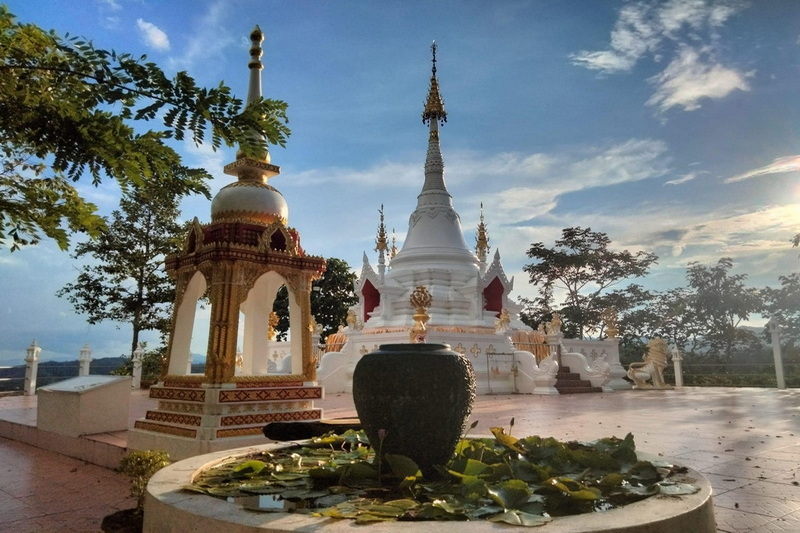
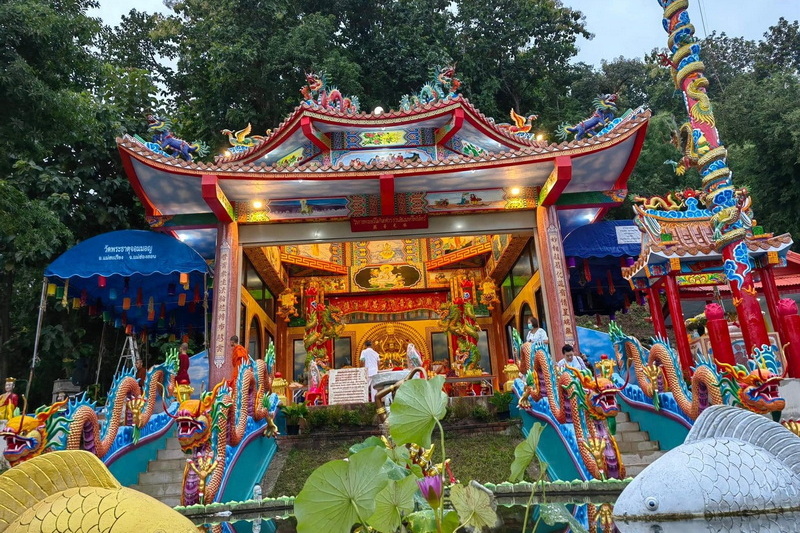
🧱 Architecture and Artistic Harmony: A Fusion of Lanna, Burmese, and Chinese Styles
The Main Stupa
The iconic white stupa features a classic Lanna bell-shaped design on an octagonal base. It is unadorned yet majestic, with a golden pinnacle that gleams under sunset light. Symbolically layered with local lore and sacred relics, the structure reflects both simplicity and sanctity.
Avalokiteshvara Pavilion
Below the main terrace stands a striking Chinese-style pavilion enshrining the Thousand-Armed Avalokiteshvara Bodhisattva (Guanyin), symbolizing compassion. Adorned in gold leaf, surrounded by statues of Hotei (Laughing Buddha), this pavilion showcases the deep Chinese influence in both art and belief systems brought by earlier migrant communities.
Ordination Hall and Library
Constructed from teak in traditional Northern Thai (Lanna) architecture, the ordination hall and Tripitaka Library feature layered roofs and intricate wood carvings. Inside, wall murals depict revered Thai monks such as Luang Pu Waen and Phra Phrom Yan. The decor combines Lanna craftsmanship with soft Buddhist iconography, reflecting serene wisdom.
Additional Structures
The temple complex includes a bell tower, meditation pavilions, guest shelters, and communal kitchens. A pair of elaborately sculpted seven-headed Nāga staircases flank the ascent to the stupa — a nod to serpent deities that traditionally guard sacred sites in Buddhist lore.
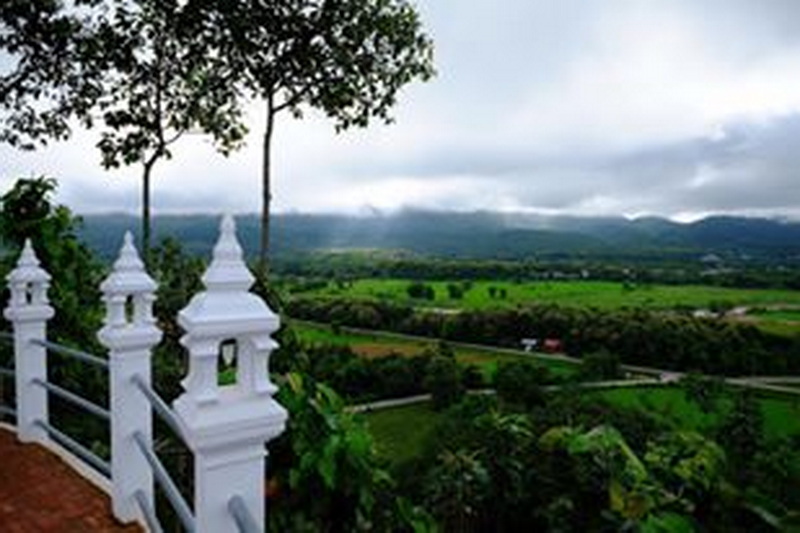
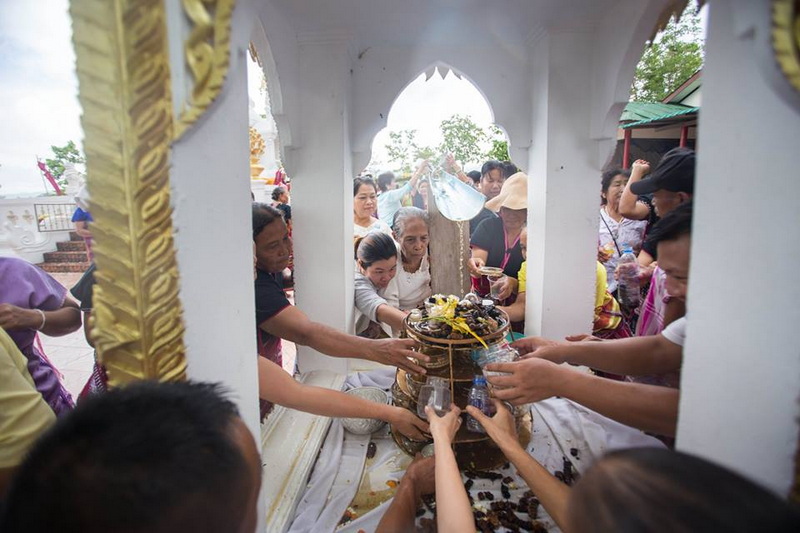
🌄 Atmosphere: Sacred Tranquility and Panoramic Views
Located atop a gently sloping hill, the temple offers stunning panoramic views of Mae Sariang’s rice fields, the Yuam River, and surrounding hills. It is especially breathtaking at dusk, when the last rays of sunlight set the white stupa aglow. In early mornings during the cool season, mist cloaks the valley below, creating a dreamy, meditative landscape.
🙏 Local Devotion: Ethnic Harmony Through Faith
The surrounding village of Ban Phamolo is home to a culturally diverse population including Karen, Mon, Lawa, and Tai Yai people. All revere the temple deeply, not only as a religious center but also as a guardian of their history and identity. Annual religious festivals, especially in July, bring the entire community together to cleanse the stupa and offer collective merit.


🎯 Highlights and Must-Do Activities
- Pay respects at the stupa and receive blessings from monks on-site
- Watch the sunset from the upper terrace with a panoramic backdrop
- Admire architectural fusion of Lanna, Chinese, and Burmese elements
- Join the July temple festival, a vibrant gathering of hilltribe faith and culture
🚗 Getting There: A Scenic Journey into the Hills
From downtown Mae Sariang, cross the Yuam River bridge and take Highway 1194 toward Mae Sam Laep for about 1 km. Then turn right onto a smaller rural road for another 4 km. The temple entrance is well-marked.
Visitors may drive up to the parking area near the temple grounds or opt for the traditional stairway route via the Nāga staircase, enhancing the spiritual experience as they ascend amidst shady trees and birdsong.
🗺️ Nearby Attractions
This small riverside village sits on the border with Myanmar and offers boat trips along the Salween River. Known for its remoteness and Karen community, it’s a cultural escape into another world.
Famous for its rare aragonite cave—the only one in Thailand—this park is a magical blend of geology and adventure. Bring a flashlight and your sense of wonder.

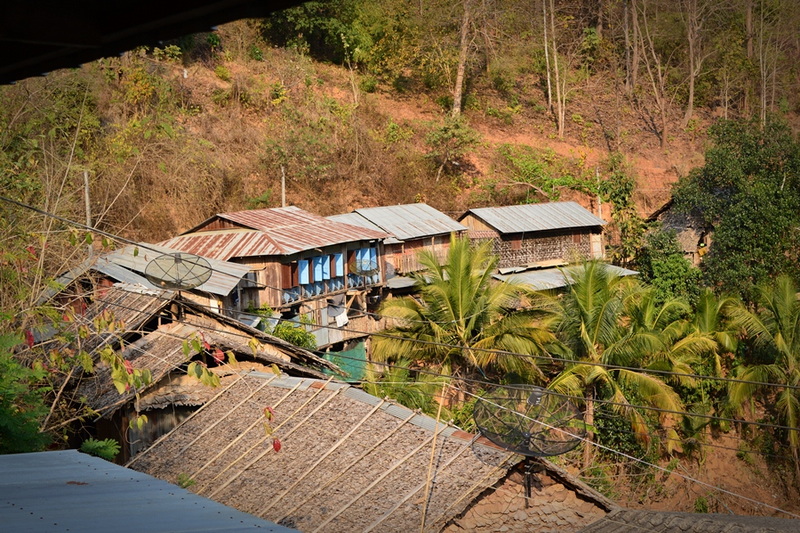
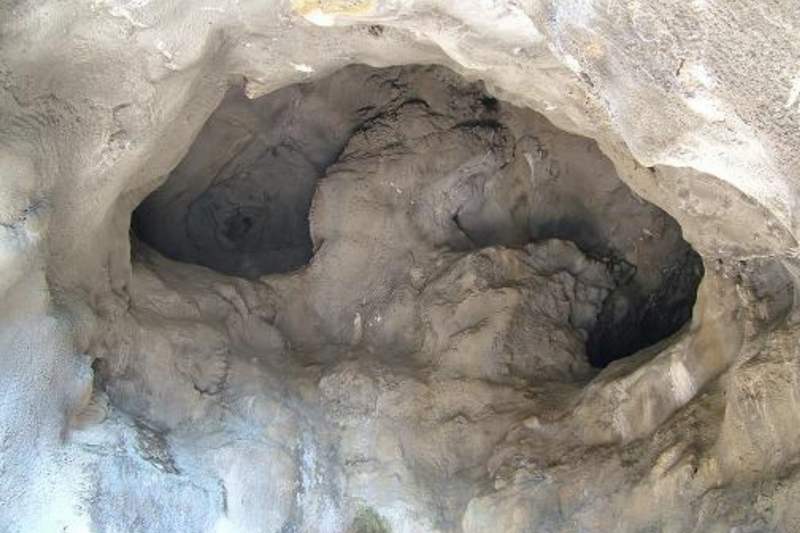


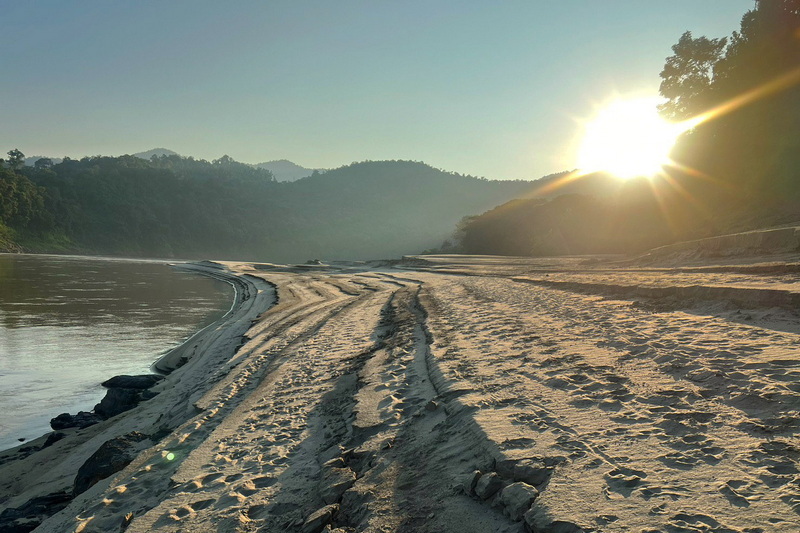


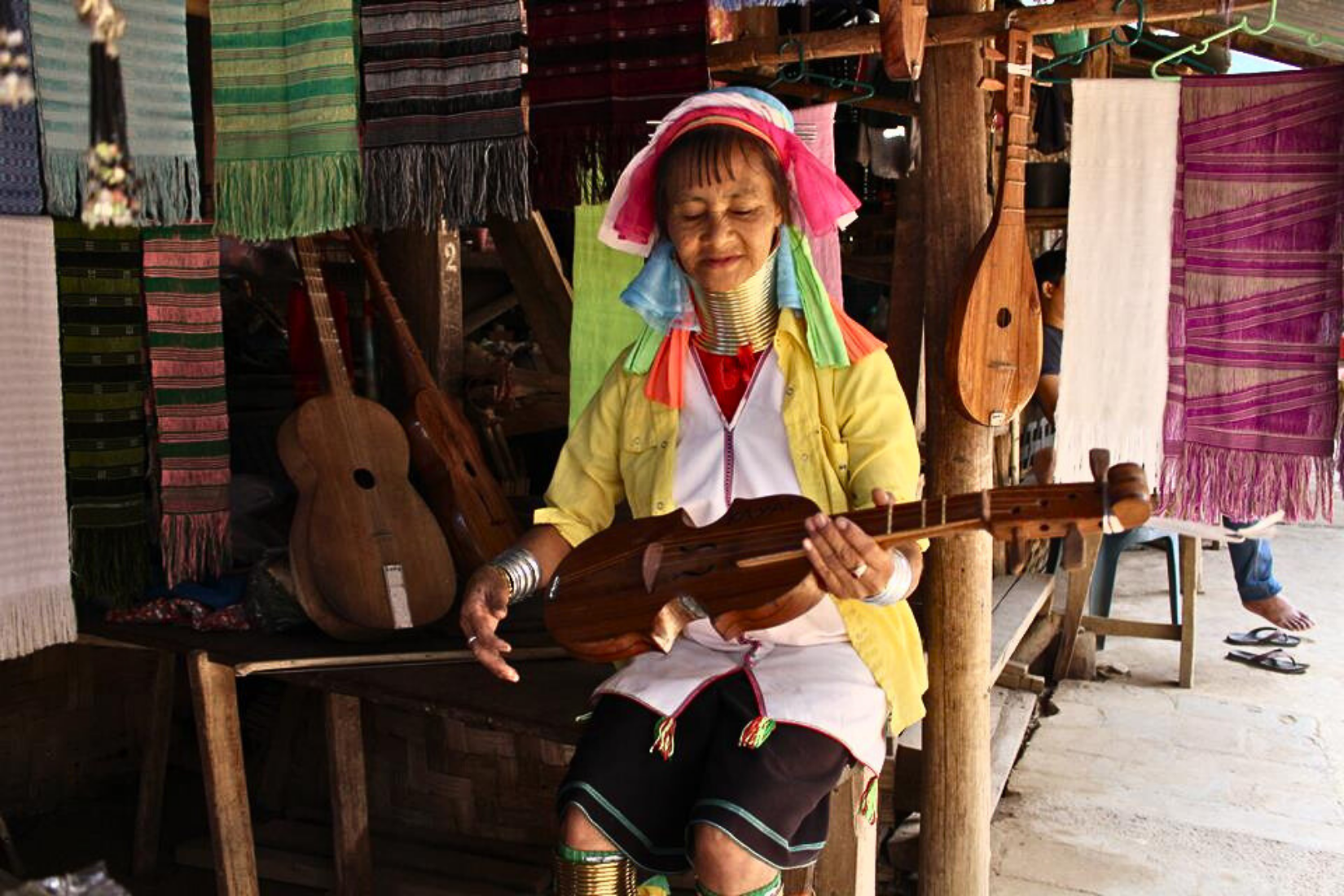






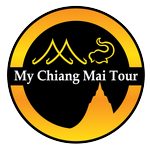
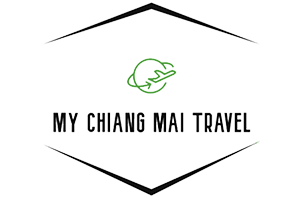





Leave A Comment